New Jersey Pleas for COBOL Coders for 40-Year-Old Mainframes Amid Coronavirus Crunch
Dusting off the 'ol programming manual from 1960
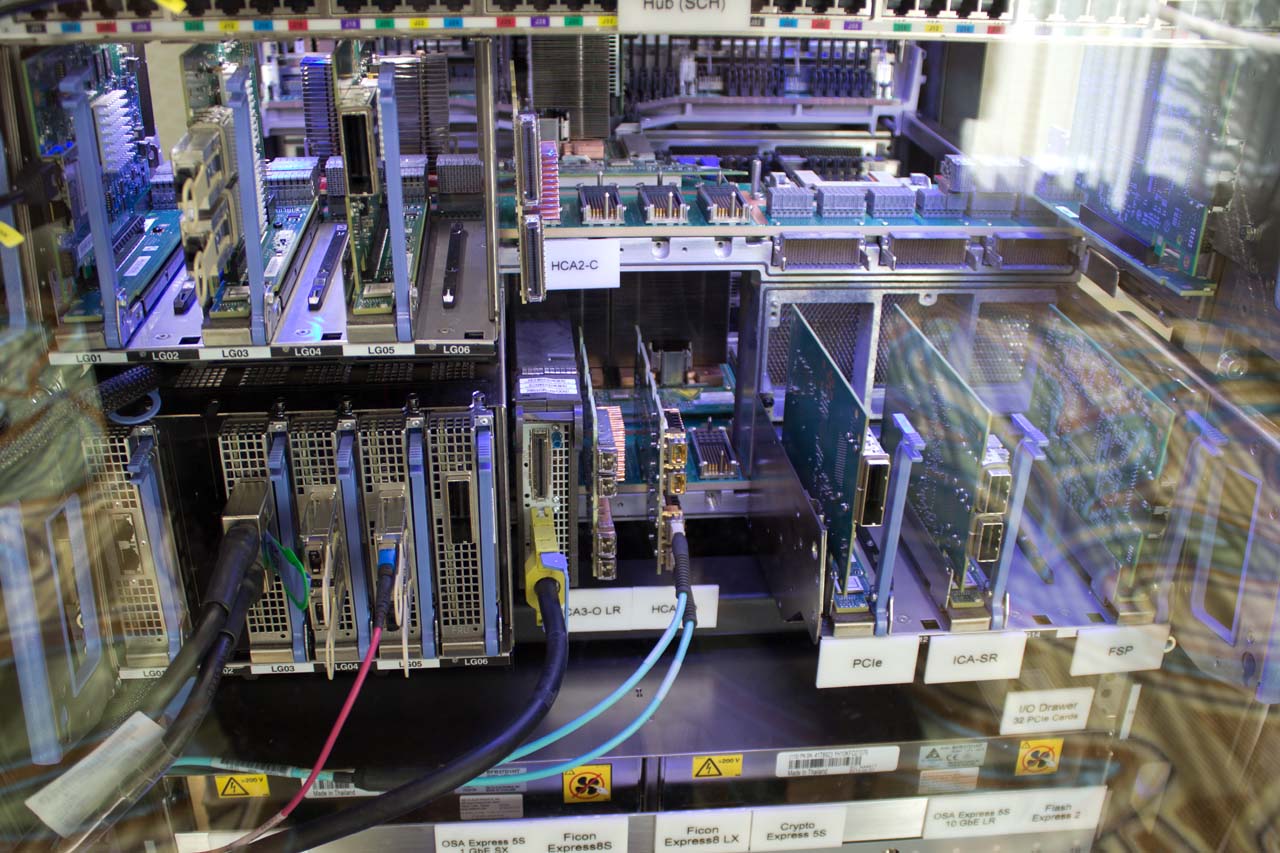
The governor of New Jersey made a seemingly odd call for help last night: The state desperately needs COBOL programmers to revamp the 50-year-old software powering the 40-year-old mainframes behind the state's unemployment system. That may seem surprising on the surface because COBOL debuted back in 1960 and mainframes ceded the leadership position to general-purpose x86 servers decades ago. However, these (sometimes) archaic systems still power much of the infrastructure behind governmental agencies, banks, and airlines.
The need comes as New Jersey struggles to process a staggering 1,600% increase in unemployment claims as the wave of coronavirus-spurred business closures comes crashing to shore. 1980's-era mainframes power new Jersey's unemployment system, so scaling operations up to handle the increased load requires programmers that mostly no longer exist. That presents a unique challenge as the state looks to pay out more than 362,000 unemployment claims filed over the last two weeks, half of which are unpaid, not to mention the continuing onslaught of new applications.
The state will have competition, though; Connecticut is already leading a joint project with three other states to recruit COBOL coders to overhaul its own aging mainframe infrastructure. None of these efforts will find easy success: COBOL is a dead language that hasn't been taught in most universities for decades, and the rare COBOL coders command anywhere from $55 to $85 an hour. As such, New Jersey is looking for volunteers, likely of the retired sort, to help solve its problems.
For many, the mention of a mainframe system conjures up mental images that hearken back to the old full-room systems of a bygone computing era. In reality, mainframes continue to be deployed around the world and process billions of transactions per day. IBM's z Systems revenue, for example, actually grew by 62% percent last year, but those systems are decidedly more modernized than the relics running New Jersey's unemployment system.
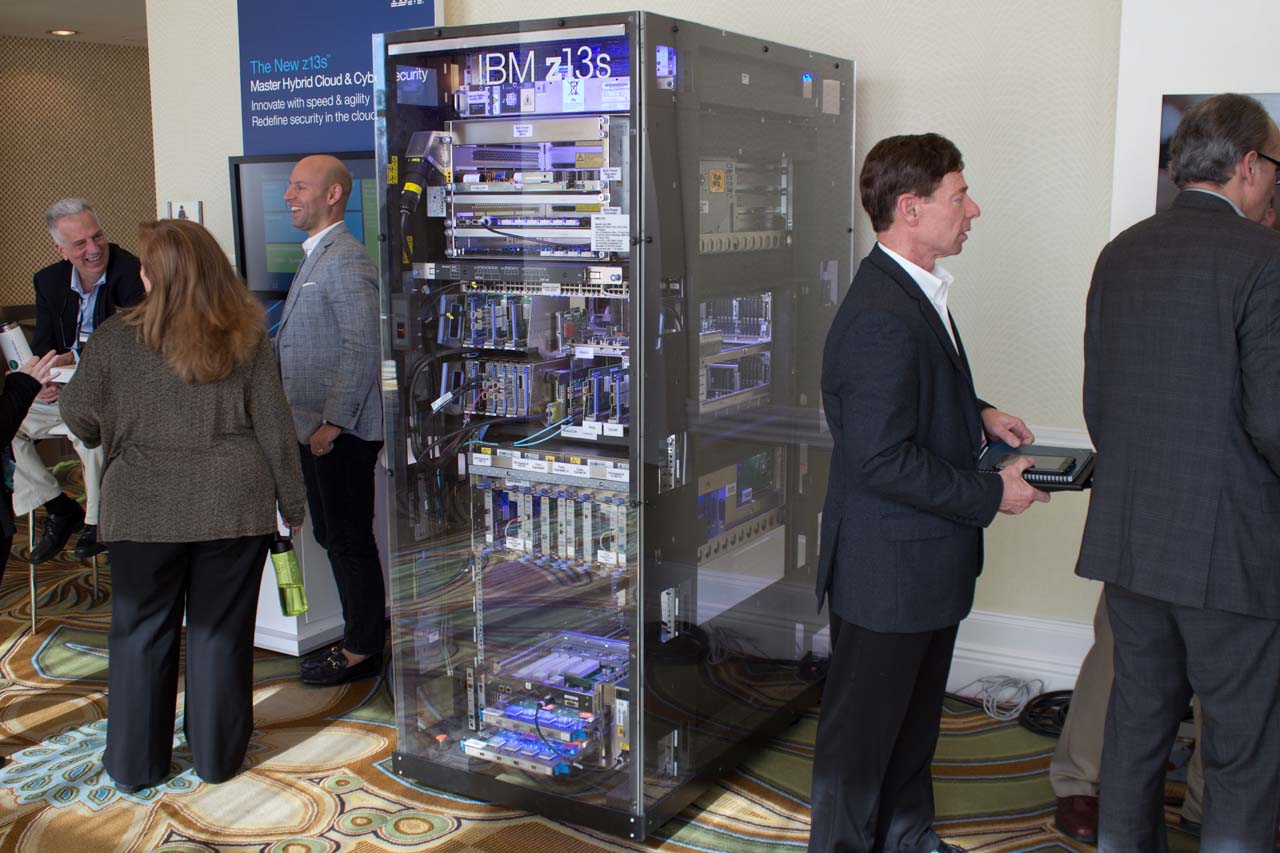
Today's mainframes are sophisticated affairs that share little with their predecessors beyond the architectural vision, and they support the major Linux distributions, runtimes, development languages, and management tools, meaning you can use decidedly more modern code.
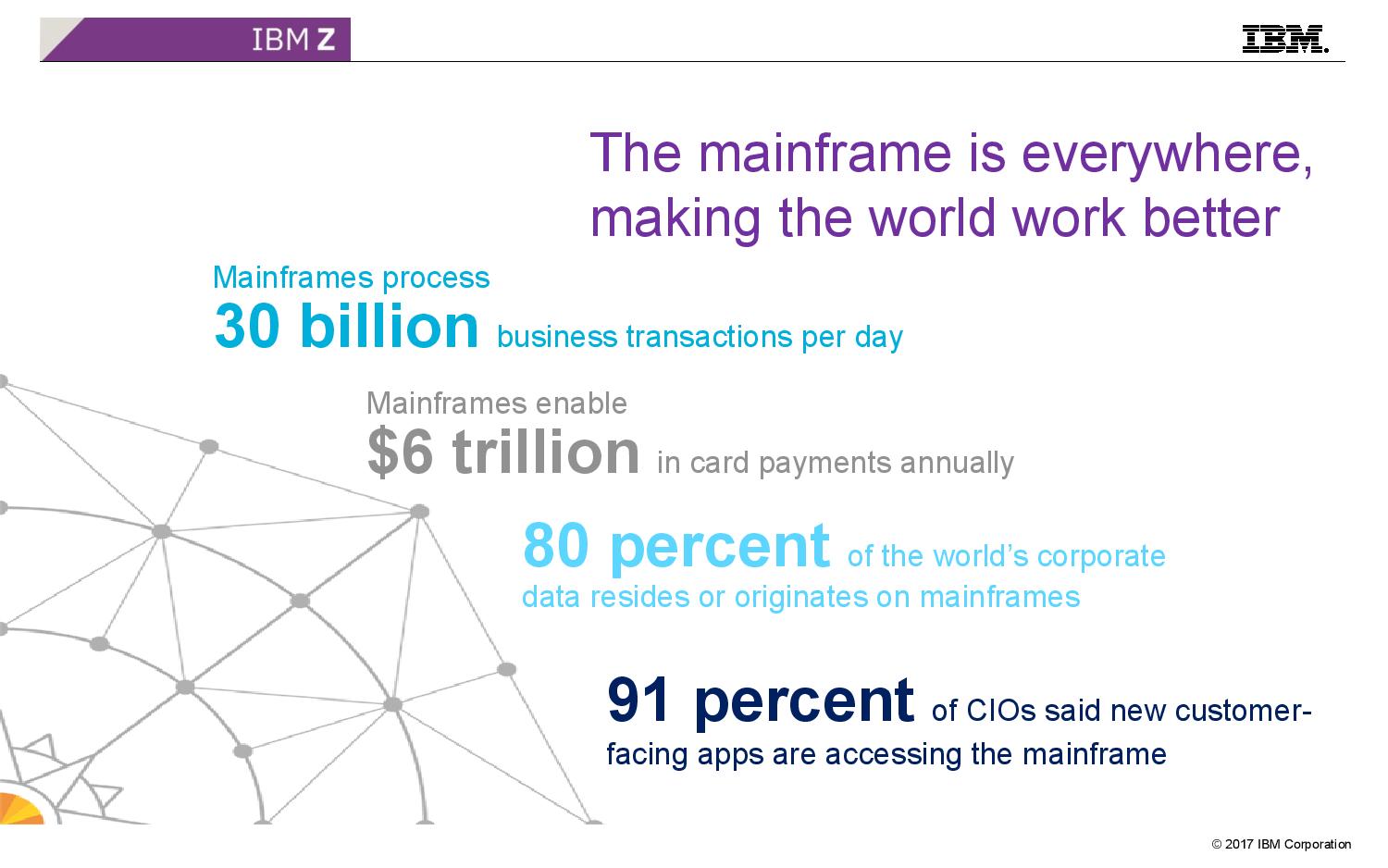
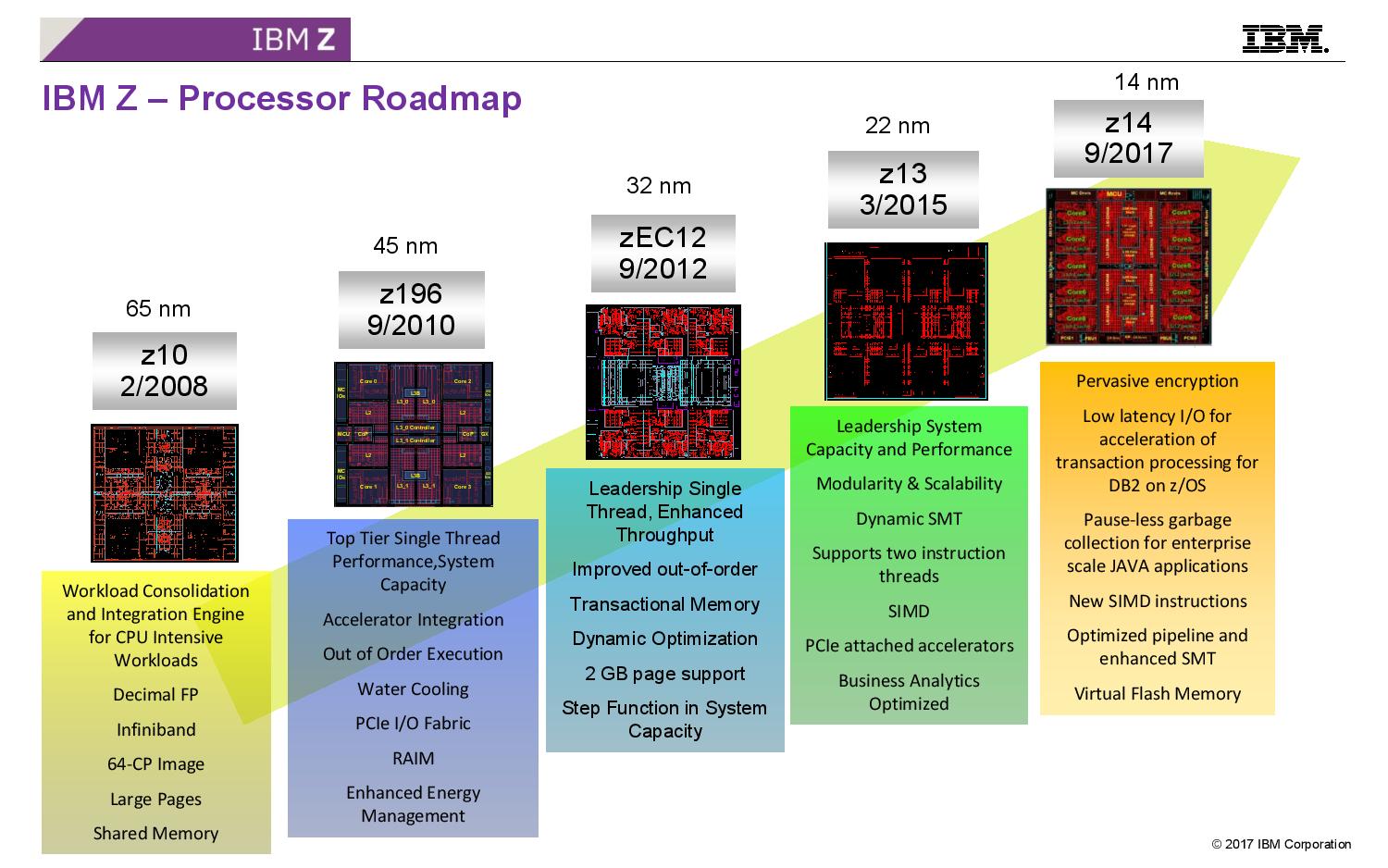
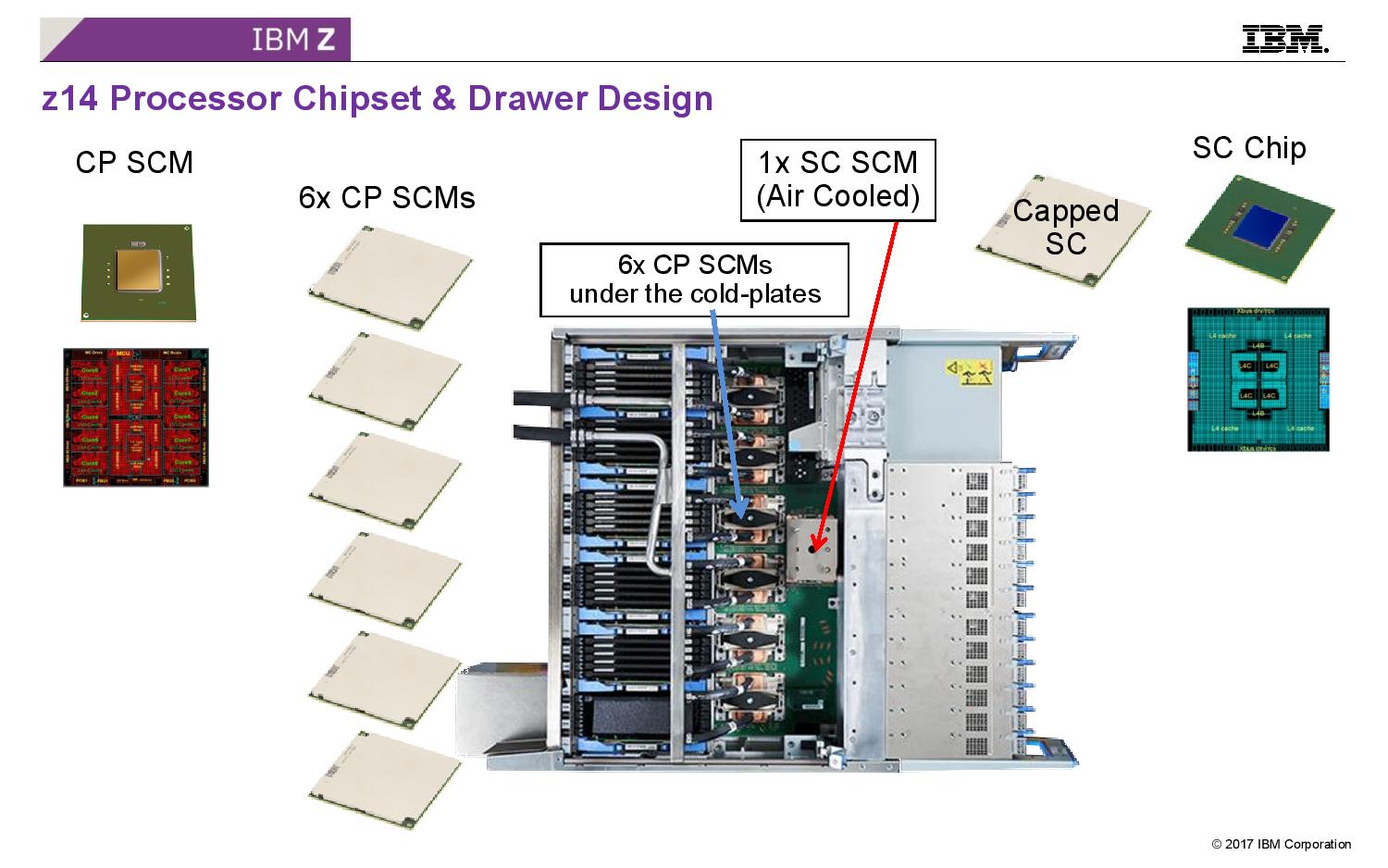
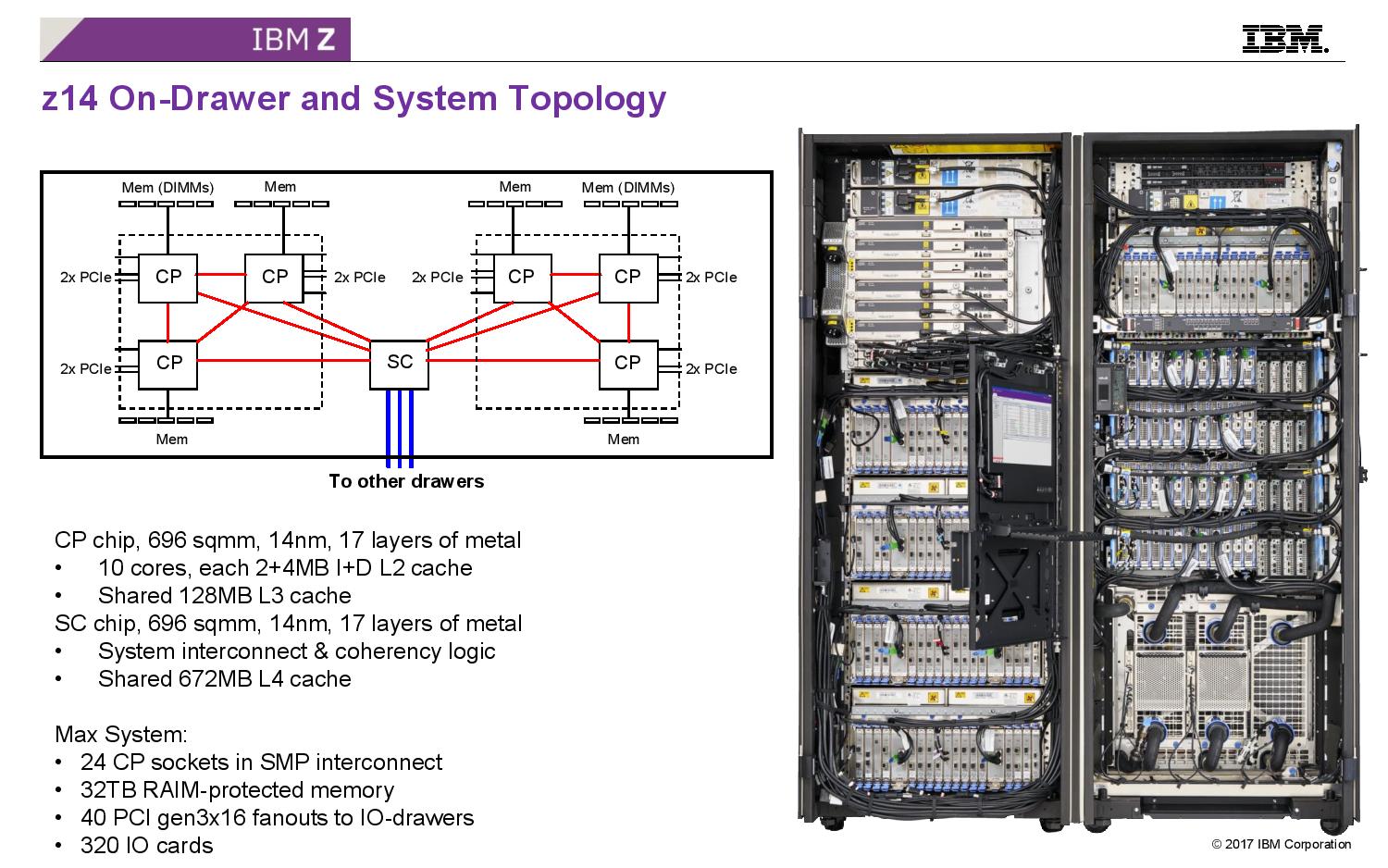
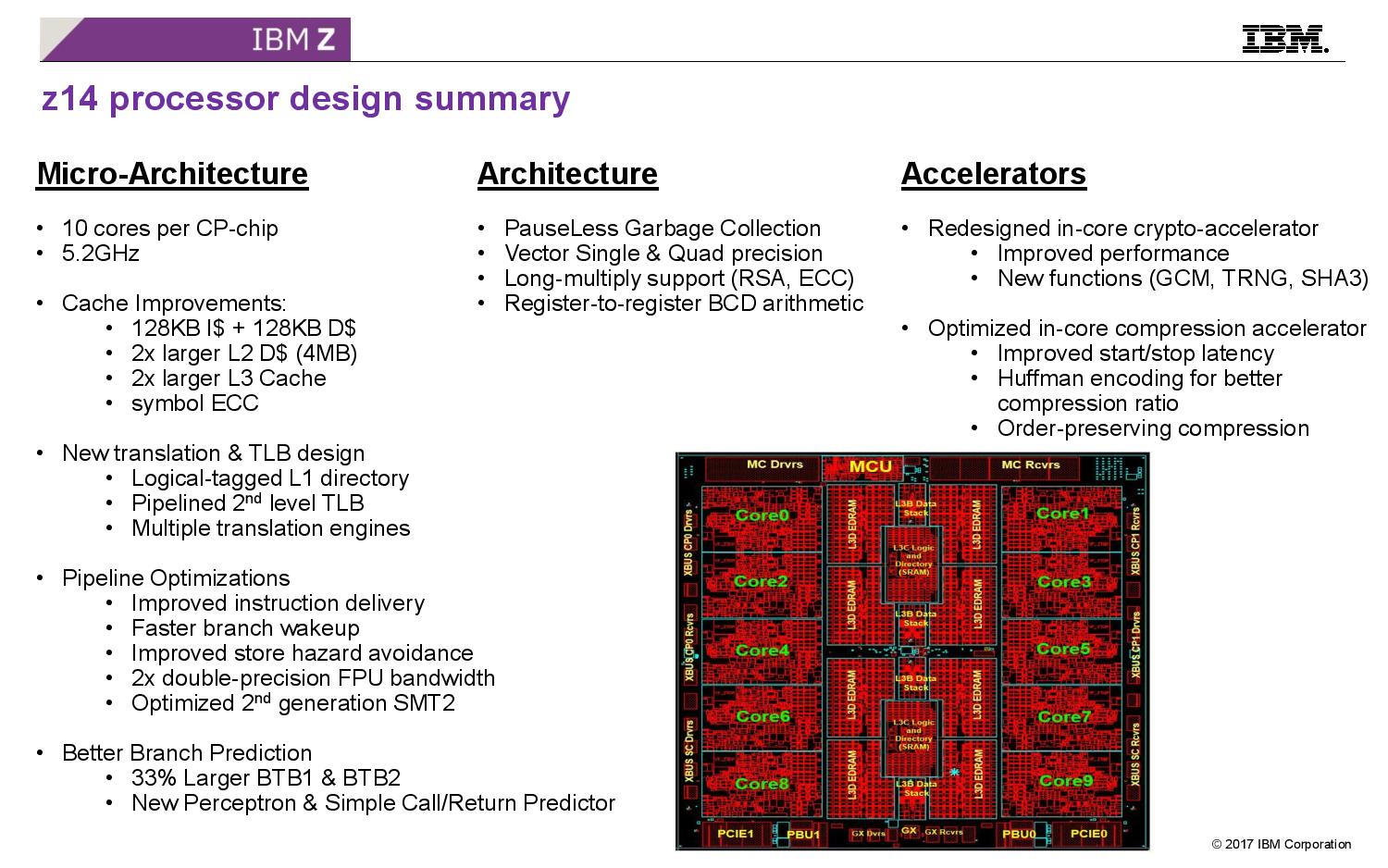
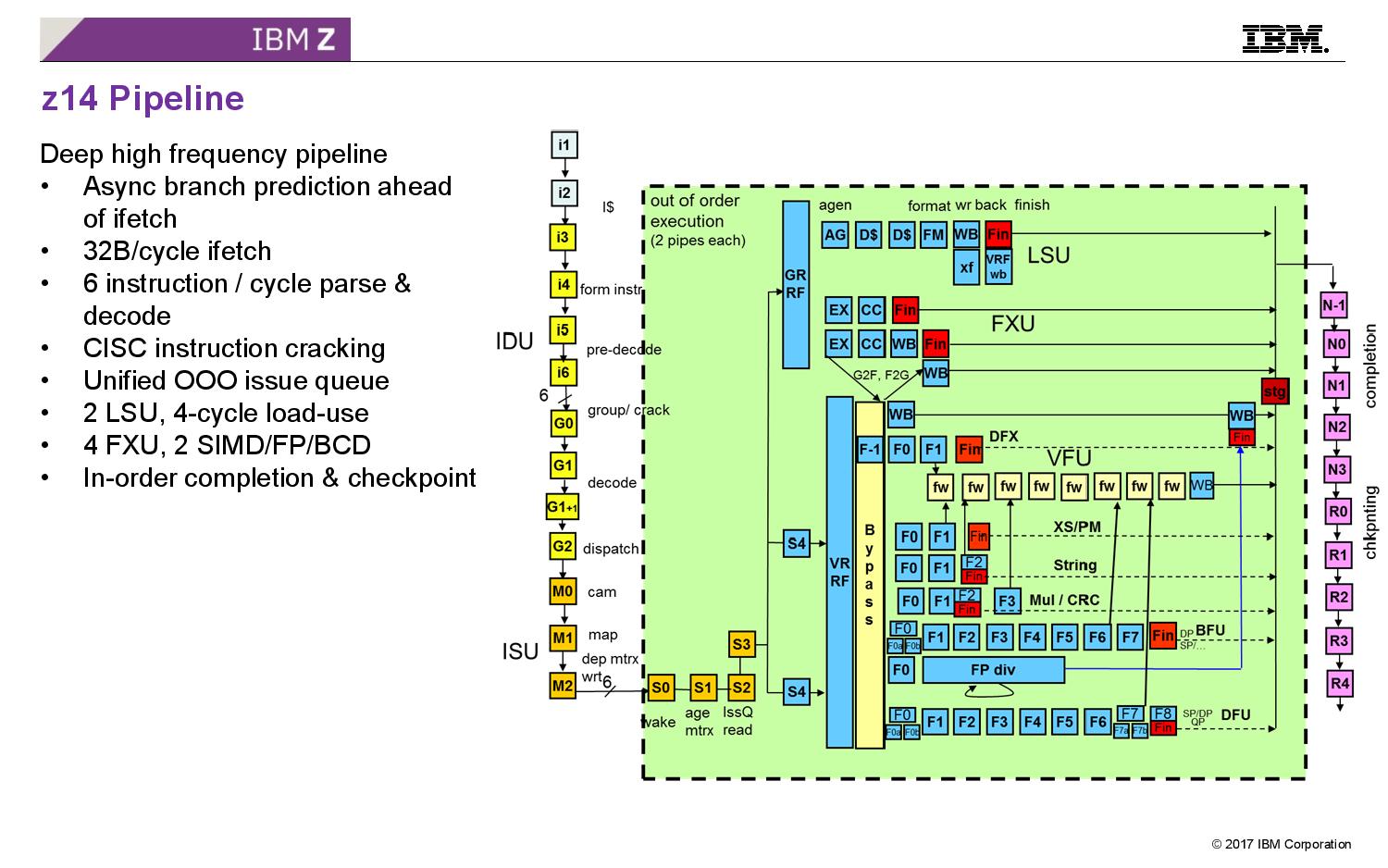
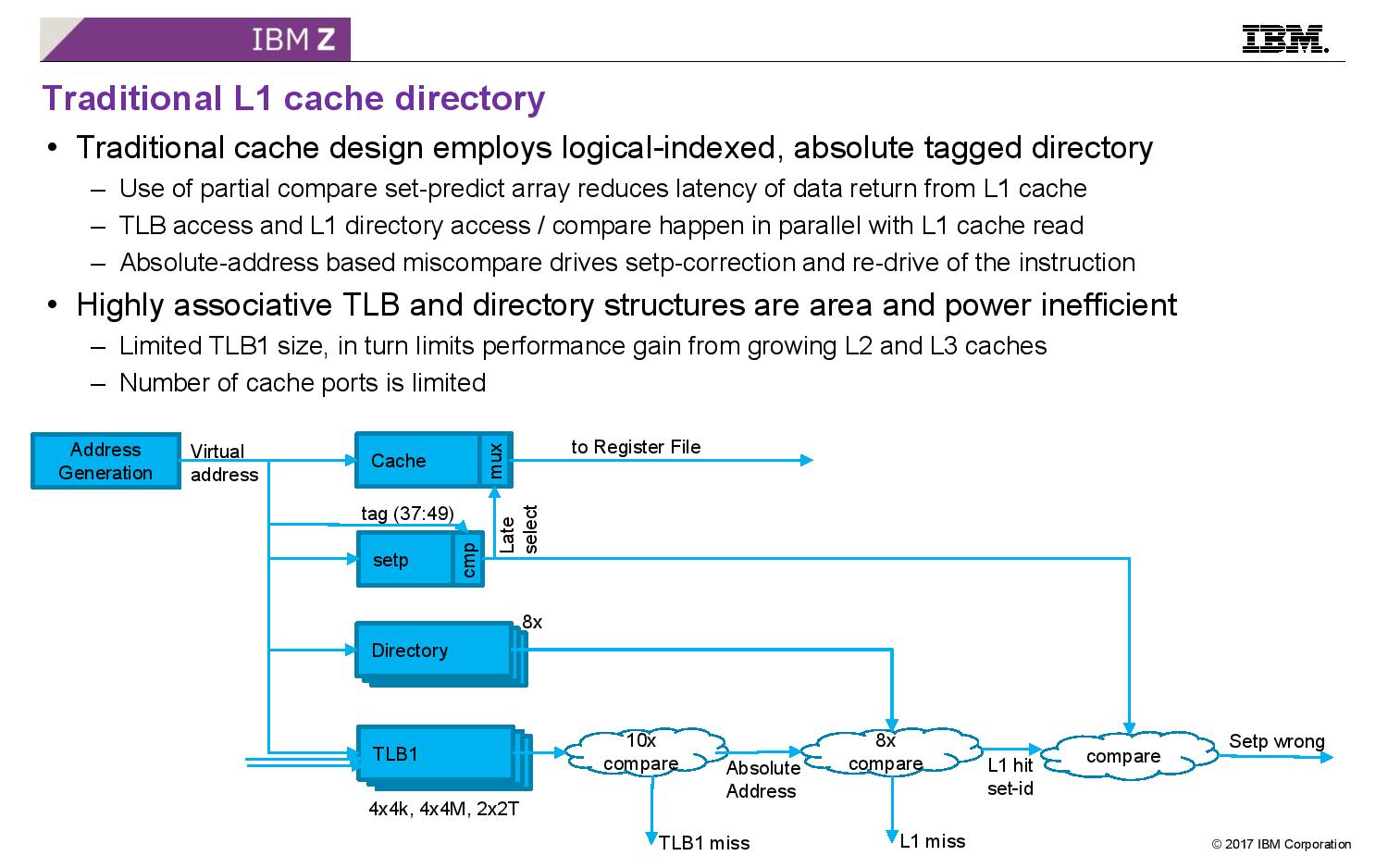
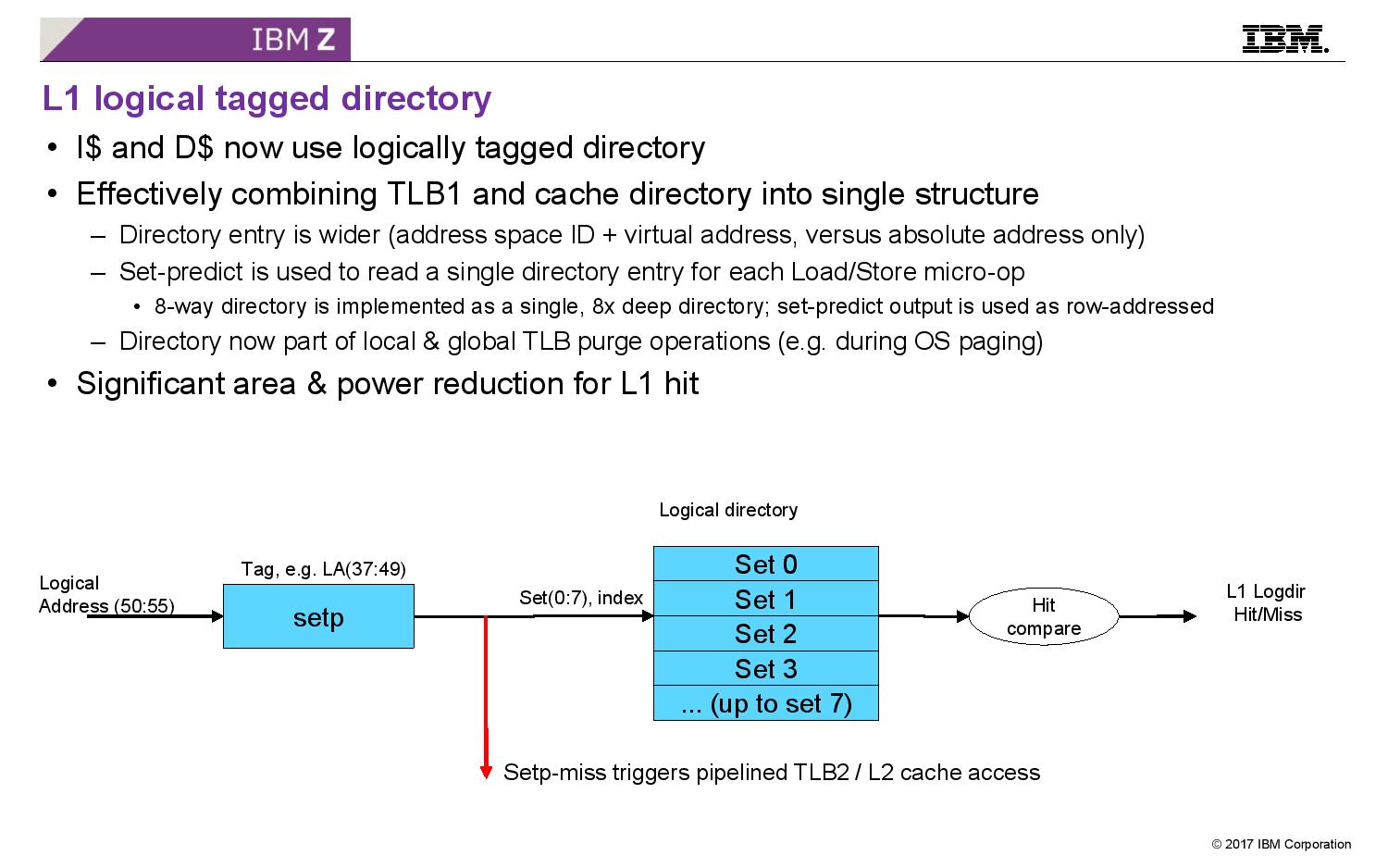
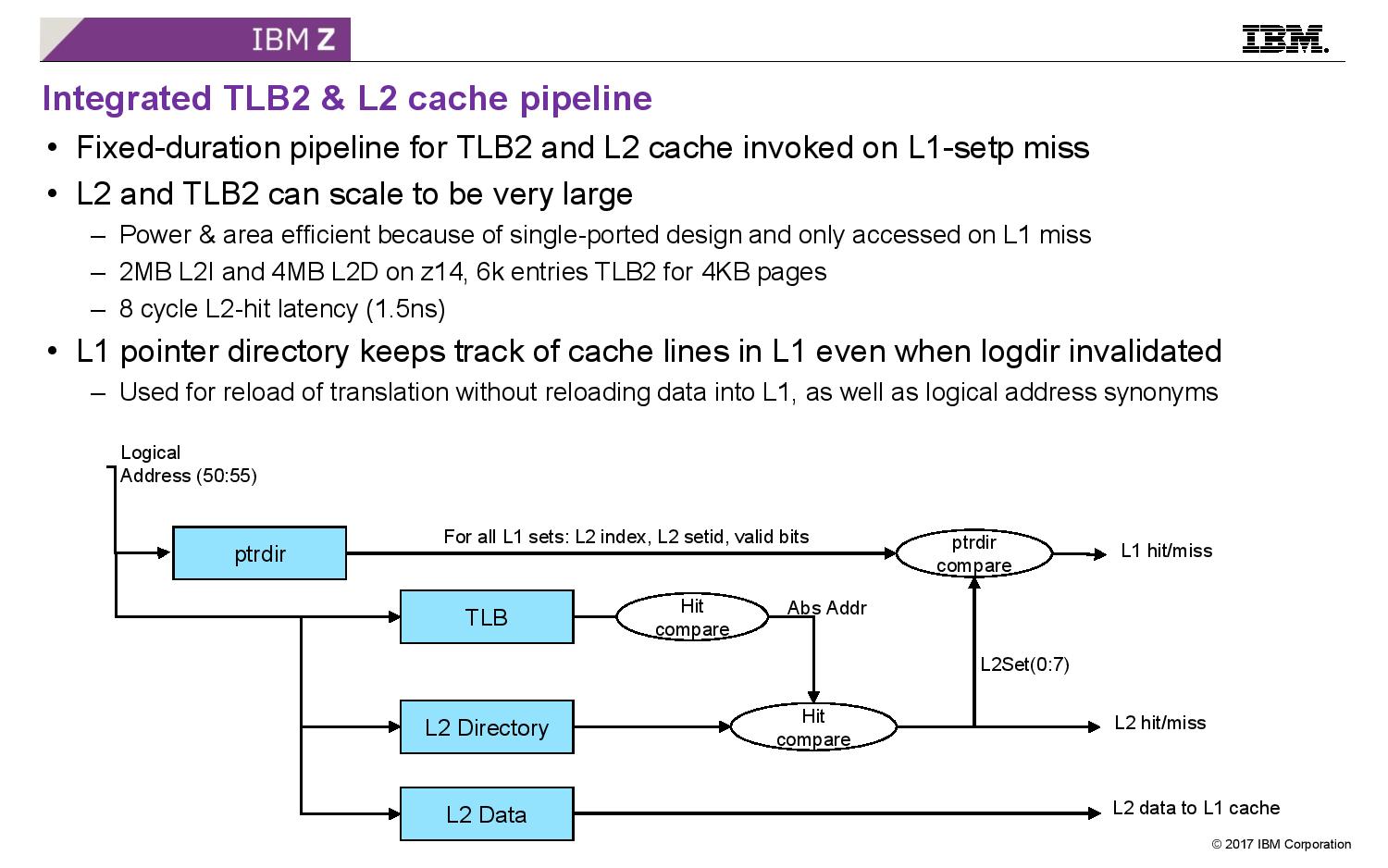
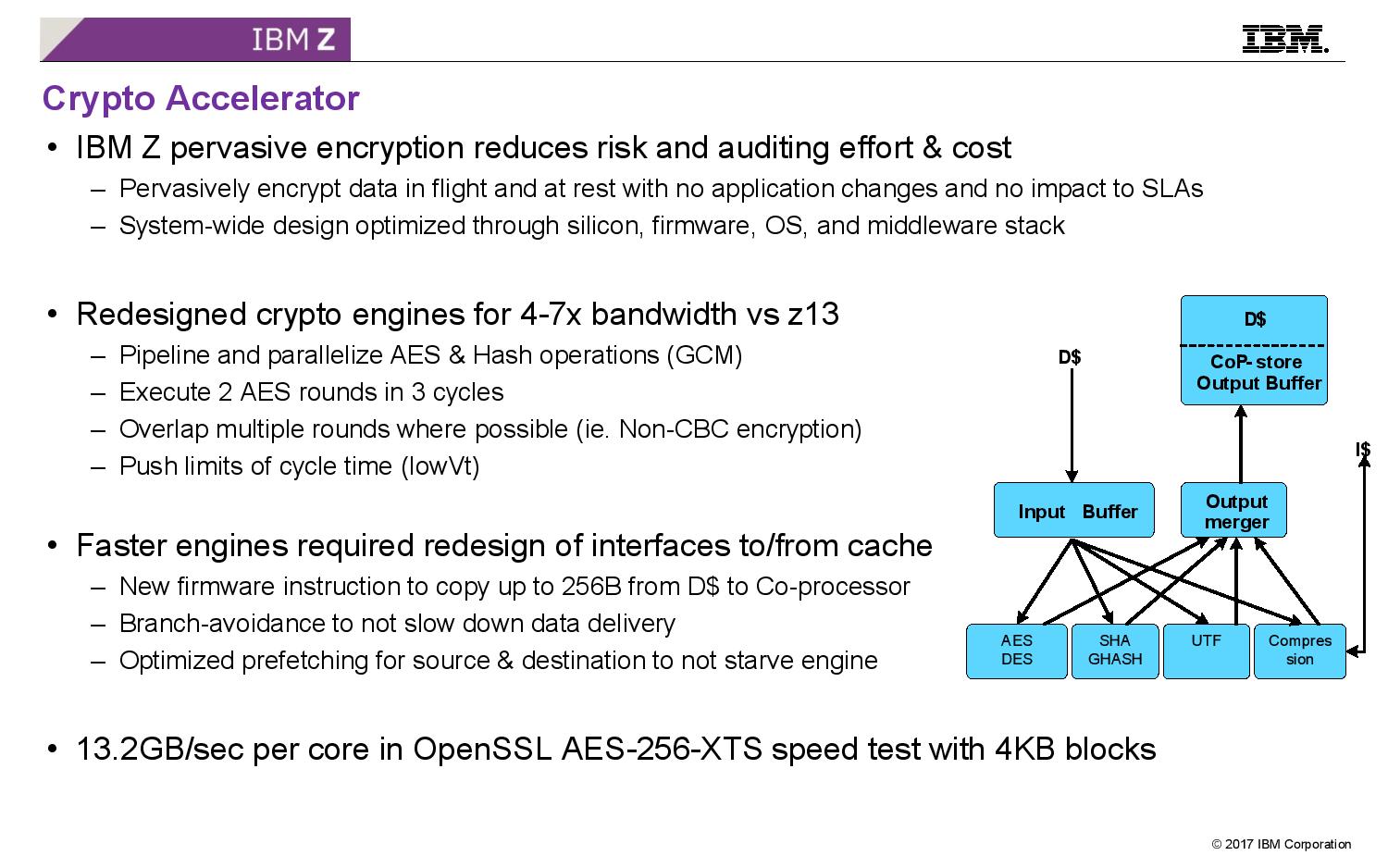
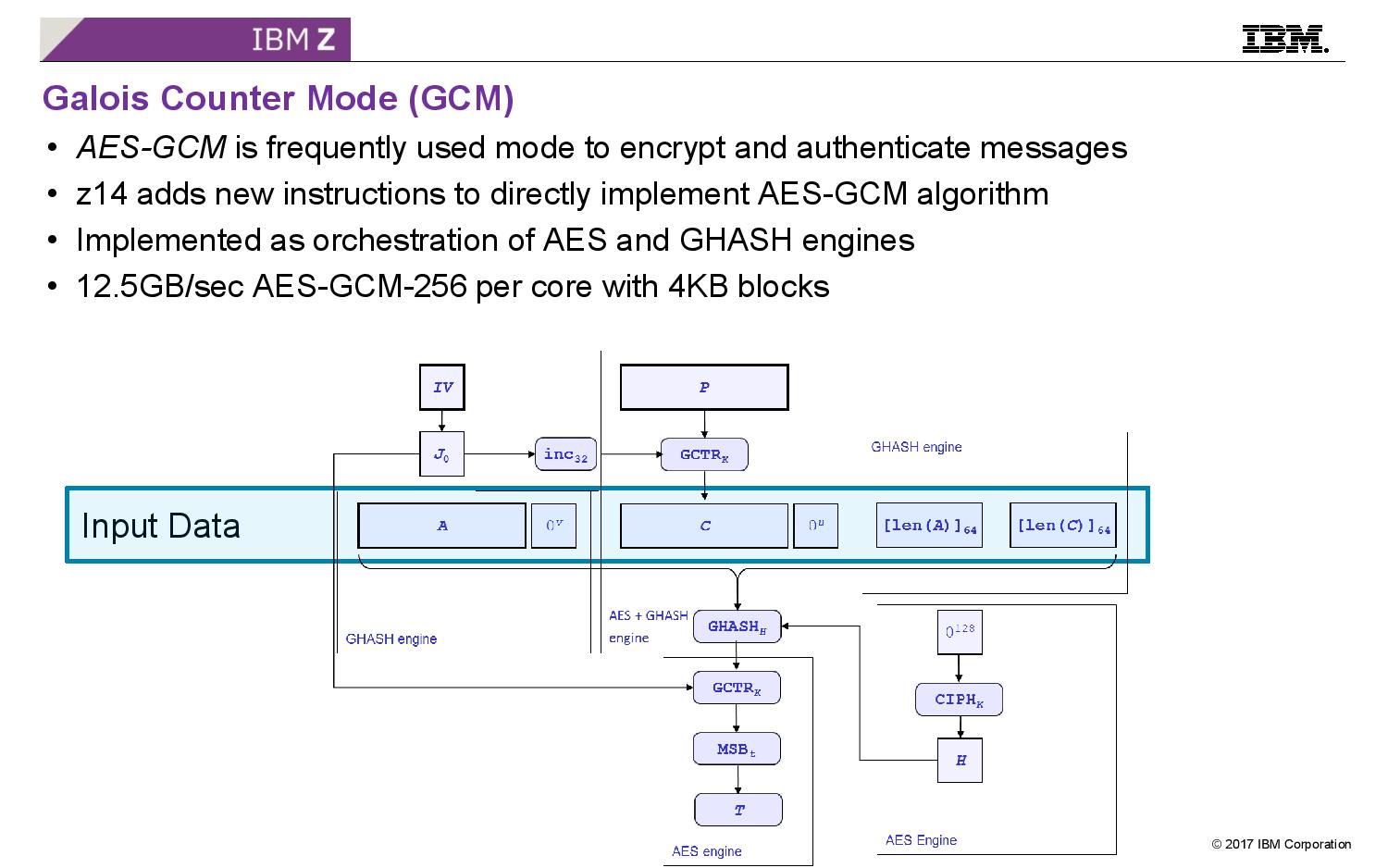
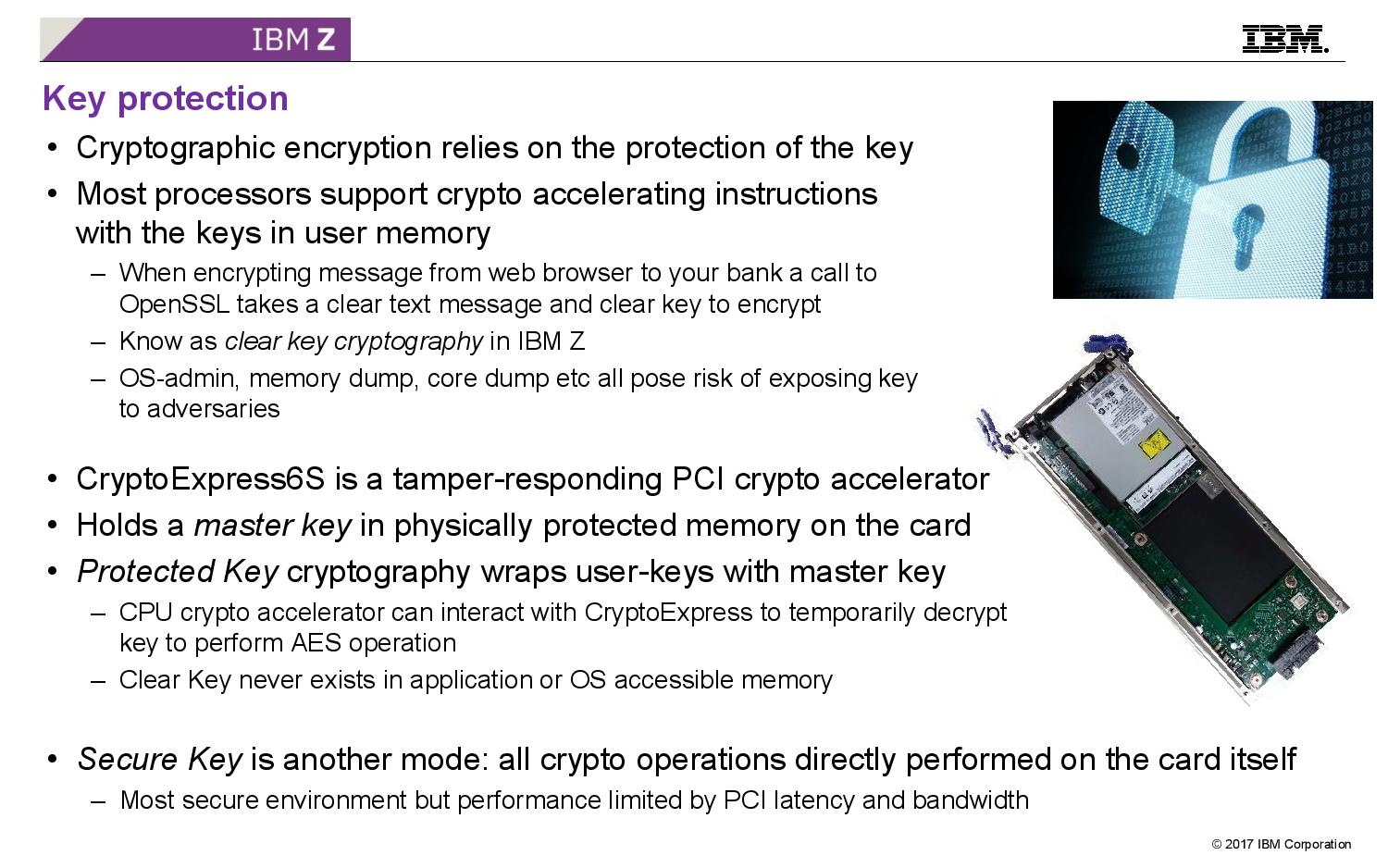
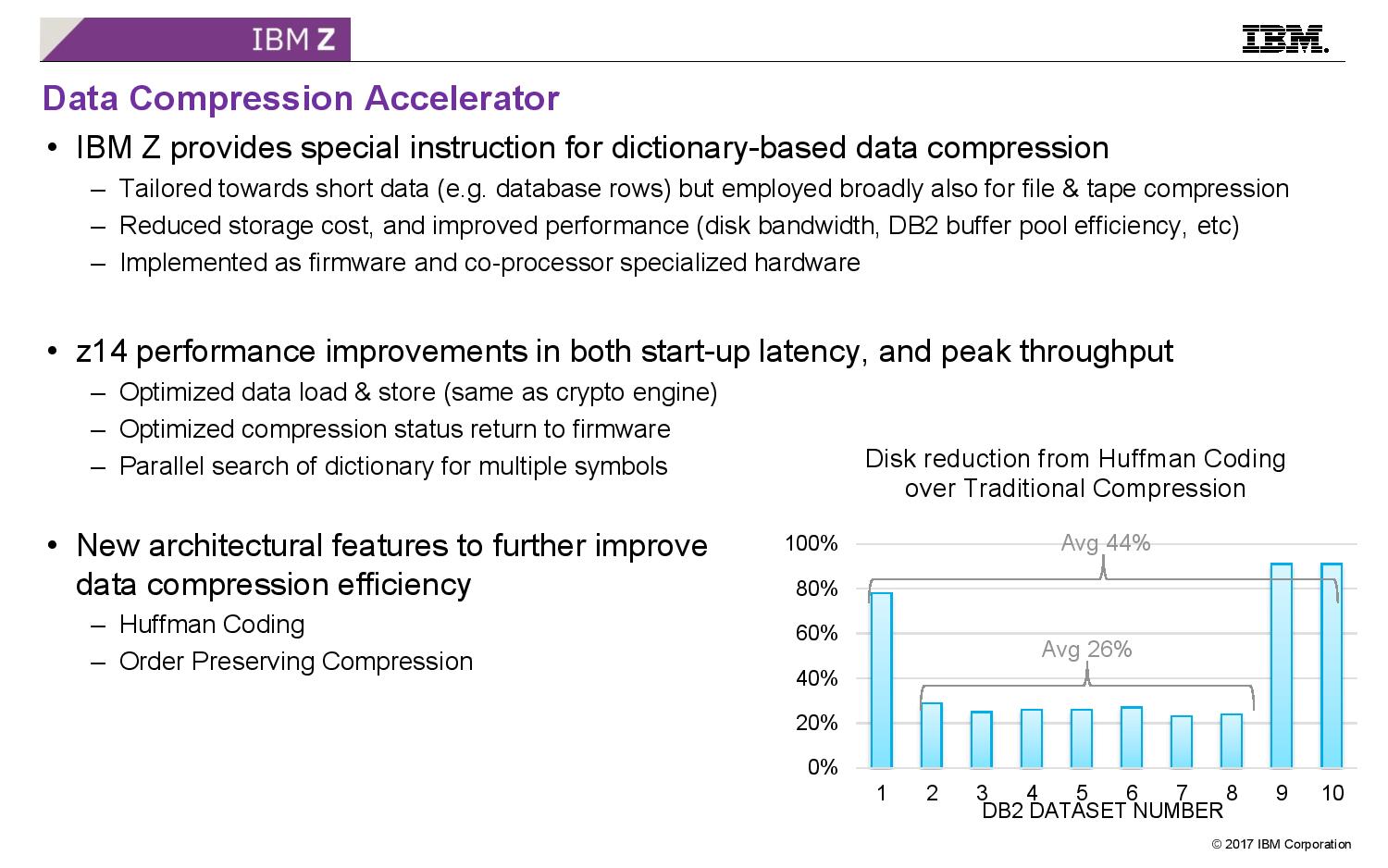
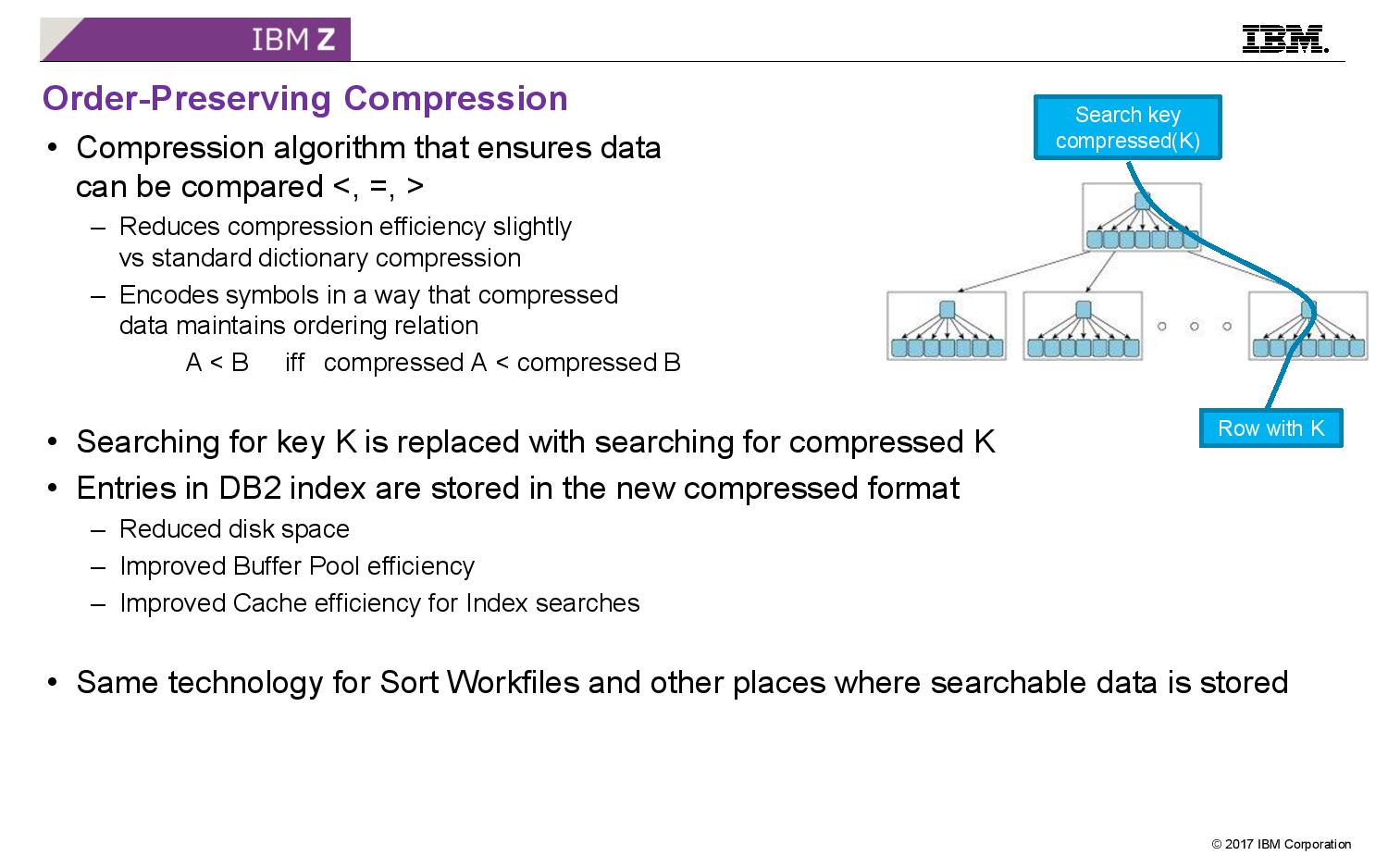
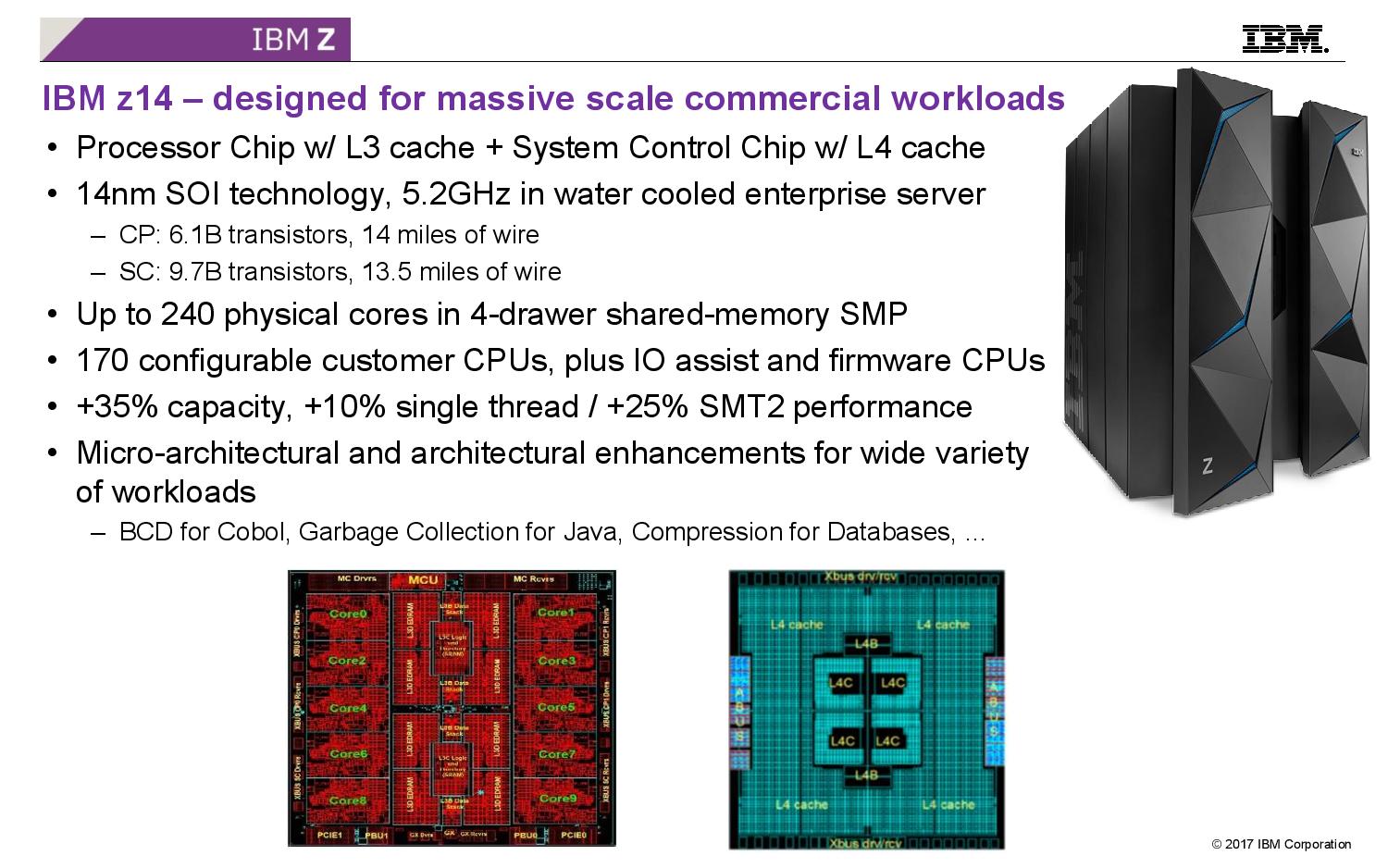
Why stick with Mainframes? The systems are basically unhackable (there simply aren't many COBOL hackers out there) and they also offer the ultimate in reliability, as evidenced by their 40-year run in New Jersey. They offer up to 99.999 percent availability and intense scalability on one of the world's most open platforms, but price has traditionally been a sticking point. However, IBM claims that today's new systems are decidedly less expensive than renting instances on the public cloud.
New Jersey, along with many other state agencies that have had infrastructure weaknesses exposed amid the massive shift spurred by COVID-19, are mainly in damage control at the moment. We can expect these difficulties to spur a wave of sorely needed upgrades across government agencies soon, leading to decisions on whether to adopt modernized mainframes or merely go with x86 servers or the public cloud.
Get Tom's Hardware's best news and in-depth reviews, straight to your inbox.
Editor’s Note: This article was first published listing the mainframes as 50 years old, but they have been in service for 40 years. The software was written in the 1970s, which puts it at the 50-year-old mark. The text has been amended.

Paul Alcorn is the Editor-in-Chief for Tom's Hardware US. He also writes news and reviews on CPUs, storage, and enterprise hardware.
-
Alphaswift Younger coders have no idea how much COBOL is in use out there. Older developers that are in late stage careers don't show up on community sites much because they are focused and know their stuff. Pro tip: If you are looking for steady, high-paying employment with more regular hours and the need for little mobility, learn COBOL. It's not the sexy thing, but it always, always pays the bills. Like New Jersey needing to hire COBOL developers while everyone is getting furloughed/laid off.Reply -
King_V Eh, maybe. I think COBOL programmers were the first to be let go. I suspect it's not easy getting a job as a COBOL programmer.Reply
"Those systems will never need changes, and nobody wants to pay for public infrastructure and support because OMG GOVERNMENT EVIL and OMG MY TAXES and OMG GOVERNMENT WORKERS ARE ROBBING ME" etc etc.
It's like a LOT of infrastructure today - sacrificed on the altar of tax cuts and giveaways for the 1%. Funny how everyone else is supposed to pull themselves up by their bootstraps, take out loans, etc., yet the upper echelons aren't held to that same requirement. -
Makaveli ReplyKing_V said:Eh, maybe. I think COBOL programmers were the first to be let go. I suspect it's not easy getting a job as a COBOL programmer.
"Those systems will never need changes, and nobody wants to pay for public infrastructure and support because OMG GOVERNMENT EVIL and OMG MY TAXES and OMG GOVERNMENT WORKERS ARE ROBBING ME" etc etc.
It's like a LOT of infrastructure today - sacrificed on the altar of tax cuts and giveaways for the 1%. Funny how everyone else is supposed to pull themselves up by their bootstraps, take out loans, etc., yet the upper echelons aren't held to that same requirement.
The rules are always different for the rich. -
Paul Alcorn ReplyKing_V said:Eh, maybe. I think COBOL programmers were the first to be let go. I suspect it's not easy getting a job as a COBOL programmer.
"Those systems will never need changes, and nobody wants to pay for public infrastructure and support because OMG GOVERNMENT EVIL and OMG MY TAXES and OMG GOVERNMENT WORKERS ARE ROBBING ME" etc etc.
It's like a LOT of infrastructure today - sacrificed on the altar of tax cuts and giveaways for the 1%. Funny how everyone else is supposed to pull themselves up by their bootstraps, take out loans, etc., yet the upper echelons aren't held to that same requirement.
Actually, COBOL programmers are in high demand, and have been for some time. Rare skillset.
https://thenextweb.com/finance/2017/04/10/ancient-programming-language-cobol-can-make-you-bank-literally/ -
alextheblue ReplyAs such, New Jersey is looking for volunteers, likely of the retired sort, to help solve its problems.
If they actually asked for volunteers, they need to get their heads checked. Anyone willing and qualified should (and will) command the big bucks. Not to mention this would be a serious hump-busting undertaking on short notice. Lots of states are having their unemployment systems fall apart, though.
It has nothing to do with that. First of all, this is a State level system, and thus NJ was responsible for this. That aside, they get TONS of money... NJ taxes are not exactly low, nor is it a bastion of libertarianism. The money just doesn't go to such boring things until they actually BREAK. The politicians in charge of these states spend it on things that benefit them.King_V said:"Those systems will never need changes, and nobody wants to pay for public infrastructure and support because OMG GOVERNMENT EVIL and OMG MY TAXES and OMG GOVERNMENT WORKERS ARE ROBBING ME" etc etc.
It's like a LOT of infrastructure today - sacrificed on the altar of tax cuts and giveaways for the 1%. Funny how everyone else is supposed to pull themselves up by their bootstraps, take out loans, etc., yet the upper echelons aren't held to that same requirement.
I'm sure they've been told for years that these systems were woefully overdue for an expensive overhaul. Politicians aren't particularly motivated to spend money on such POINTLESS things until they actually come apart. After all it doesn't buy them votes, nor does it enrichen them and their friends. -
King_V ReplyPaulAlcorn said:Actually, COBOL programmers are in high demand, and have been for some time. Rare skillset.
Hmm, I might be prejudging based on a previous employer. Older guy, did Java, but also did COBOL. Some of the company's code was still in COBOL.
They let him go (and, honestly, half of the relatively small IT department) even though he was close to retirement. Older, higher pay, and, well, the new director of IT knew how to game the system: if you cut costs in the department (salaries = cost), your raise and bonus would be more impressive.
They of course did have to hire outside contractors, more expensive, to take up the slack. But contractors came out of a different budget than the salaries for IT staff. That didn't count - on paper, it looked like a huge savings in the IT budget. This was a private company, no less.
Still, the mentality in the US about government employees and government infrastructure has been steadily pounded in to a selfish chunk of the electorate of "these lazy, government workers feeding at the trough are sucking off at the teat of YOUR tax dollars."
alextheblue said:If they actually asked for volunteers, they need to get their heads checked. Anyone willing and qualified should (and will) command the big bucks. Not to mention this would be a serious hump-busting undertaking on short notice. Lots of states are having their unemployment systems fall apart, though.
It has nothing to do with that. First of all, this is a State level system, and thus NJ was responsible for this. That aside, they get TONS of money... NJ taxes are not exactly low, nor is it a bastion of libertarianism. The money just doesn't go to such boring things until they actually BREAK. The politicians in charge of these states spend it on things that benefit them.
I'm sure they've been told for years that these systems were woefully overdue for an expensive overhaul. Politicians aren't particularly motivated to spend money on such POINTLESS things until they actually come apart. After all it doesn't buy them votes, nor does it enrichen them and their friends.
Born and raised in NJ, and approaching the half-century mark. There's rather horrifyingly large percentage of the populace that thinks having the best public schools, social services that only MODERATELY struggle rather than falling apart, and so on, are the worst enemies of the good, honest taxpayers, and the cause of all financial woes. This narrative keeps getting sold.
Keeping infrastructure going doesn't buy votes because a lot of people here (not to say at all that NJ is the only one, we're actually pretty good, in spite of the army of the selfish) simply think that anything that doesn't help them directly or fall into the dogma of "what's good for the (not really) job-creators is good for me."
Sorry for the rant - I've just seen too much of the mentality here, given that it's overall a relatively liberal state. But I'm in agreement - if infrastructure doesn't buy them votes, someone will get voted in who will ignore infrastructure and enrich themselves and friends, while giving a few token pennies to everyone else. And half of everyone else will sing the praises of that candidate for the extra pennies. -
alextheblue Reply
What I'm telling you is that it's not the populace that is largely the issue. It's the politicians. This issue is pervasive in all states, regardless of the political make-up of the populace. I personally DO feel they take too much money, and blow it like coke on a hooker's back. But it's not really just the raw dollar amount, it's the cruft, the waste, the fraud... the corruption.King_V said:Keeping infrastructure going doesn't buy votes because a lot of people here (not to say at all that NJ is the only one, we're actually pretty good, in spite of the army of the selfish) simply think that anything that doesn't help them directly or fall into the dogma of "what's good for the (not really) job-creators is good for me."
It's even worse on a national level. For example the 1400 page stimulus bill (which had lots of meat for both parties) benefited the wealthy more than the poor, and money was indirectly funneled into purely political causes as well. That's why people complain that they're taking too much, because if there wasn't so much fraud and waste, they wouldn't need to beat as much out of us.
Side note: People would complain a lot more if you received 100% of your gross income, and they showed up at your house to physically demand what they are owed. Really visualize that scenario for a minute, the full paycheck in your bank, the knock at the door - the man in the suit has a card scanner in one hand and the other in a pocket. -
pug_s I don't think you need to look for the retired community for cobol programmers. I worked for a bank at the time in the late 1990's who employed about 2 dozen college grads in preparation for y2k.Reply -
USAFRet Reply
Those people are now almost 50 years old.pug_s said:I don't think you need to look for the retired community for cobol programmers. I worked for a bank at the time in the late 1990's who employed about 2 dozen college grads in preparation for y2k.
Maybe not quite "retired", but up there as far as pay requirements.
And current "grads" would have to learn a whole different way of doing things. -
Older-Pgmr My magnum opus was converting a ten-thousand line Cobol program with 32 input files, 855 goto statements and two internal sorts into a structured program. Credit goes to debug tracing under Microfocus Cobol and Diff on the IBM mainframe that I used to verify that three months of inputs through my replacement gave identical results to the original maintenance nightmare. The original programmers two decades earlier were given an ultimatum of producing the program in a month or all being fired. A real world application of the mythical man month in that the narcissistic CEO given a six month timeline added six times the staff and gave the one month ultimatum. Kudos to the ones who worked night and day and got it done. Nightmares for everyone who had to fix or enhance it years later. But that is what my BSCS degree taught me to deal with. I haven't used Cobol in 30 years but still know IMS and DB2 SQL along with JES2 for job control on an IBM mainframe. Does NJ really need retired programmers, in my case having risen to Sr Staff Analyst level? If they have Microfocus Cobol I would really be tempted. Easytrieve Plus would be the icing on the cake but report writer was still okay. And I'd hope they have a great sort and date conversion library. And no dangling else clauses without at least an error code for debugging!Reply